Home>Furniture & Design>Bathroom Accessories>How To Clean Non-Slip Bathtub
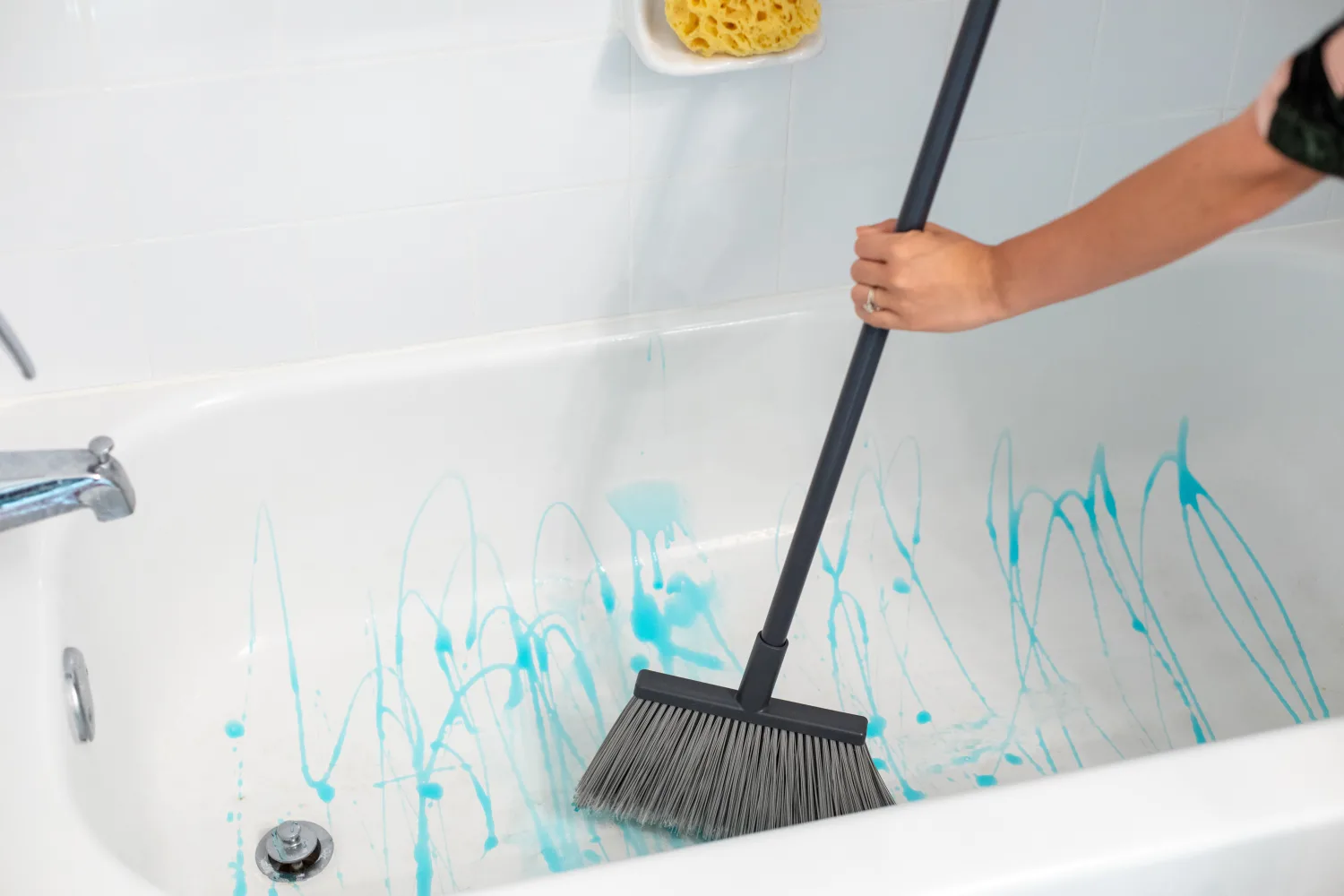

Bathroom Accessories
How To Clean Non-Slip Bathtub
Modified: October 20, 2024
Learn how to effectively clean non-slip bathtub surfaces and maintain bathroom accessories with our expert tips. Keep your bathroom safe and hygienic.
(Many of the links in this article redirect to a specific reviewed product. Your purchase of these products through affiliate links helps to generate commission for Storables.com, at no extra cost. Learn more)
Introduction
Cleaning a non-slip bathtub may seem like a daunting task, but with the right approach and materials, it can be a straightforward and rewarding process. Non-slip bathtubs are designed to provide added safety and stability, especially for individuals with mobility challenges or those who simply want to minimize the risk of slipping in the bathroom. However, the textured surface of these bathtubs can trap dirt, grime, and soap scum over time, making regular cleaning essential to maintain their appearance and functionality.
In this comprehensive guide, we will explore the best practices for cleaning non-slip bathtubs, including the materials needed, step-by-step cleaning process, and valuable maintenance tips to prolong the cleanliness and safety of your bathtub. Whether you're a homeowner, a caregiver, or a professional cleaner, mastering the art of cleaning non-slip bathtubs will not only enhance the aesthetics of your bathroom but also contribute to a safer and more enjoyable bathing experience for everyone.
So, let's dive into the world of non-slip bathtub cleaning and discover the effective techniques and strategies that will leave your bathtub sparkling clean and free from the grip of stubborn grime and dirt. By the end of this guide, you'll be equipped with the knowledge and confidence to tackle the cleaning process with ease, ensuring that your non-slip bathtub remains a pristine and secure oasis within your home.
Key Takeaways:
- Keep your non-slip bathtub clean and safe by using gentle materials like vinegar and baking soda. Regular maintenance and prompt cleaning help preserve its traction and prevent accidents.
- To clean a non-slip bathtub, mix vinegar and water, scrub gently with baking soda, and dry thoroughly. Regular inspections and gentle cleaning practices maintain its safety and longevity.
Read more: How To Make Your Bathtub Non-Slip
Understanding Non-Slip Bathtubs
Non-slip bathtubs, also known as safety or textured bathtubs, are designed with a surface that provides enhanced traction and stability, reducing the risk of slipping and falling while bathing or showering. The textured surface of these bathtubs typically features raised bumps, grooves, or patterns that create friction and help prevent accidental slips, especially when the tub is wet. This feature is particularly beneficial for individuals with limited mobility, seniors, and young children, as it offers added security and support during bathing activities.
The non-slip surface of these bathtubs is often made from materials such as acrylic, fiberglass, or enamel, and it is integrated into the design of the tub during the manufacturing process. While the primary purpose of non-slip bathtubs is to enhance safety, they also come in a variety of styles and sizes, allowing homeowners to choose options that complement their bathroom decor and personal preferences.
It's important to note that the textured surface of non-slip bathtubs requires specific cleaning techniques to maintain its effectiveness and appearance. Due to the nature of the textured surface, dirt, soap scum, and residue from bath products can accumulate within the grooves and crevices over time, compromising the traction and visual appeal of the bathtub. Therefore, regular cleaning and maintenance are essential to ensure that the non-slip surface remains clean, hygienic, and functional.
Understanding the unique features and cleaning requirements of non-slip bathtubs is crucial for homeowners and caregivers who are responsible for maintaining a safe and clean bathing environment. By familiarizing oneself with the characteristics of non-slip bathtubs, individuals can approach the cleaning process with confidence and implement the most effective strategies to preserve the integrity and safety benefits of these specialized fixtures.
In the following sections, we will delve into the specific materials needed for cleaning non-slip bathtubs and provide a detailed step-by-step cleaning process to help you achieve optimal results. Additionally, we will explore valuable maintenance tips to prolong the cleanliness and safety of non-slip bathtubs, empowering you to uphold a pristine and secure bathing environment for yourself and your loved ones.
Materials Needed for Cleaning
Cleaning a non-slip bathtub effectively requires the use of specific materials that are gentle yet effective in removing dirt, grime, and soap scum without compromising the integrity of the textured surface. By assembling the right materials, you can streamline the cleaning process and achieve optimal results. Here are the essential materials needed for cleaning a non-slip bathtub:
-
White Vinegar: White vinegar is a versatile and natural cleaning agent that is highly effective in breaking down soap scum and mineral deposits. Its acidic properties make it an excellent choice for tackling tough stains on the textured surface of non-slip bathtubs.
-
Baking Soda: Baking soda, also known as sodium bicarbonate, is a mild abrasive that can help lift and remove stubborn stains and residue from the non-slip surface without causing damage. It also acts as a deodorizer, leaving your bathtub with a fresh and clean scent.
-
Soft-Bristled Brush or Sponge: Using a soft-bristled brush or sponge is essential for gently scrubbing the textured surface of the bathtub without causing scratches or abrasions. Opt for a brush with nylon or natural bristles to ensure a thorough yet gentle cleaning process.
-
Microfiber Cloth: A microfiber cloth is ideal for wiping down the bathtub after cleaning to remove any remaining residue and to achieve a streak-free finish. Its soft and absorbent texture makes it perfect for drying and polishing the non-slip surface.
-
Rubber Gloves: Protecting your hands with rubber gloves is important when working with cleaning solutions and to prevent skin irritation. Choose gloves that provide a comfortable fit and ample protection to keep your hands safe during the cleaning process.
-
Mild Liquid Dish Soap: A mild liquid dish soap can be used to create a gentle cleaning solution for removing dirt and grime from the non-slip bathtub. Look for a soap that is free from harsh chemicals and fragrances to ensure compatibility with the bathtub surface.
-
Spray Bottle: A spray bottle is useful for mixing and dispensing the cleaning solution onto the bathtub surface. It allows for targeted application and ensures even coverage, making the cleaning process more efficient.
By gathering these essential materials, you can prepare yourself for a thorough and effective cleaning session for your non-slip bathtub. With the right tools at your disposal, you'll be well-equipped to tackle the cleaning process with confidence and achieve a beautifully clean and safe bathtub surface.
To clean a non-slip bathtub, mix equal parts of white vinegar and water in a spray bottle. Spray the solution onto the surface, let it sit for 10-15 minutes, then scrub with a non-abrasive sponge. Rinse thoroughly with water.
Step-by-Step Cleaning Process
-
Prepare the Cleaning Solution: In a spray bottle, mix equal parts of white vinegar and water. This gentle yet effective solution will help break down dirt and soap scum on the non-slip bathtub surface without causing damage.
-
Apply the Cleaning Solution: Liberally spray the cleaning solution onto the textured surface of the bathtub, ensuring even coverage. Allow the solution to sit for 10-15 minutes to penetrate and loosen the dirt and grime.
-
Scrub the Surface: Using a soft-bristled brush or sponge, gently scrub the bathtub surface in circular motions, focusing on areas with visible stains or residue. Take care to apply light pressure to avoid damaging the textured surface.
-
Target Stubborn Stains with Baking Soda: For persistent stains, sprinkle a small amount of baking soda onto the affected areas. Dampen the brush or sponge and continue to scrub the stains with the baking soda, leveraging its mild abrasive properties to lift and remove the stubborn residue.
-
Rinse Thoroughly: Once the surface has been scrubbed, rinse the bathtub thoroughly with warm water to remove the cleaning solution, dirt, and residue. Use a handheld showerhead or a bucket of water to ensure complete rinsing.
-
Dry and Polish: Wipe down the bathtub surface with a microfiber cloth to dry and polish it, removing any remaining moisture and achieving a streak-free finish. Pay attention to the textured areas to ensure they are completely dry and free from residue.
-
Inspect for Residue: After drying, inspect the bathtub surface for any remaining residue or spots. If necessary, repeat the rinsing and drying process to ensure that the non-slip surface is clean and free from any cleaning solution or debris.
-
Final Touches: Once the bathtub surface is clean and dry, consider applying a thin layer of mild liquid dish soap to the textured areas and gently rinsing it off to maintain a clean and fresh surface.
By following this step-by-step cleaning process, you can effectively remove dirt, grime, and soap scum from your non-slip bathtub, restoring its appearance and safety features. Regular maintenance and cleaning will help preserve the integrity and functionality of the non-slip surface, ensuring a clean and secure bathing environment for you and your family.
Maintenance Tips
Maintaining the cleanliness and safety of a non-slip bathtub goes beyond periodic cleaning; it involves adopting proactive measures to preserve its integrity and functionality over time. By implementing the following maintenance tips, you can ensure that your non-slip bathtub remains a pristine and secure fixture within your bathroom environment.
-
Regular Inspection: Schedule routine inspections of the non-slip surface to identify any signs of wear, discoloration, or buildup. By promptly addressing any issues, such as worn-out texture or stubborn stains, you can prevent them from becoming more challenging to clean and maintain.
-
Prompt Cleaning: Address spills, soap residue, and dirt promptly to prevent them from accumulating on the non-slip surface. Regularly wiping down the bathtub after each use can help minimize the buildup of grime and maintain the effectiveness of the non-slip texture.
-
Avoid Harsh Cleaners: Refrain from using abrasive or harsh chemical cleaners that can damage the non-slip surface. Opt for gentle cleaning solutions and soft-bristled brushes to preserve the integrity of the textured surface while effectively removing dirt and stains.
-
Preventative Measures: Consider using a bath mat or adhesive non-slip strips inside the bathtub to provide an additional layer of traction and protect the non-slip surface from excessive wear. These preventative measures can help distribute the impact of foot traffic and minimize direct contact with the textured surface.
-
Proper Ventilation: Ensure adequate ventilation in the bathroom to prevent moisture buildup, which can contribute to the growth of mold and mildew on the non-slip surface. Proper ventilation can also help expedite the drying process after cleaning, reducing the risk of residual moisture accumulation.
-
Gentle Maintenance Practices: When cleaning the non-slip bathtub, employ gentle yet thorough cleaning techniques to avoid causing damage to the textured surface. Patience and attention to detail during the cleaning process can help preserve the efficacy and appearance of the non-slip features.
-
Periodic Deep Cleaning: In addition to regular cleaning, consider scheduling periodic deep cleaning sessions to address any embedded dirt or grime that may have accumulated within the textured surface. This proactive approach can help maintain the cleanliness and safety benefits of the non-slip bathtub.
By incorporating these maintenance tips into your regular bathroom care routine, you can uphold the cleanliness, safety, and longevity of your non-slip bathtub. These proactive measures not only contribute to a hygienic and visually appealing bathing environment but also ensure that the non-slip features continue to provide the necessary traction and stability for a secure bathing experience.
Read more: How To Clean Non-Slip Floors
Conclusion
In conclusion, maintaining a clean and safe non-slip bathtub is essential for ensuring a secure and enjoyable bathing experience. By understanding the unique features of non-slip bathtubs and implementing effective cleaning and maintenance practices, homeowners and caregivers can uphold the integrity and functionality of these specialized fixtures.
Regular cleaning using gentle yet potent materials such as white vinegar, baking soda, and mild liquid dish soap, combined with a soft-bristled brush or sponge, allows for the effective removal of dirt, grime, and soap scum from the textured surface. The step-by-step cleaning process outlined in this guide provides a systematic approach to restoring the cleanliness and safety features of non-slip bathtubs, ensuring that they remain visually appealing and free from the grip of stubborn residue.
Furthermore, the maintenance tips presented offer proactive strategies for preserving the non-slip bathtub's integrity over time. From regular inspections and prompt cleaning to the use of preventative measures and gentle maintenance practices, these tips empower individuals to safeguard the non-slip surface and maintain a hygienic and secure bathing environment for themselves and their loved ones.
By incorporating these insights into their cleaning and maintenance routines, individuals can enjoy the peace of mind that comes with a clean, safe, and visually appealing non-slip bathtub. The combination of effective cleaning materials, a systematic cleaning process, and proactive maintenance measures ensures that the non-slip bathtub remains a reliable and secure fixture within the bathroom environment.
In essence, the art of cleaning and maintaining a non-slip bathtub goes beyond surface-level cleanliness; it encompasses the preservation of safety features and the creation of a welcoming and secure bathing space. With the knowledge and strategies provided in this guide, individuals can confidently embrace the responsibility of caring for their non-slip bathtubs, knowing that they are equipped with the tools and techniques to uphold the cleanliness, safety, and longevity of these essential fixtures.
Frequently Asked Questions about How To Clean Non-Slip Bathtub
Was this page helpful?
At Storables.com, we guarantee accurate and reliable information. Our content, validated by Expert Board Contributors, is crafted following stringent Editorial Policies. We're committed to providing you with well-researched, expert-backed insights for all your informational needs.
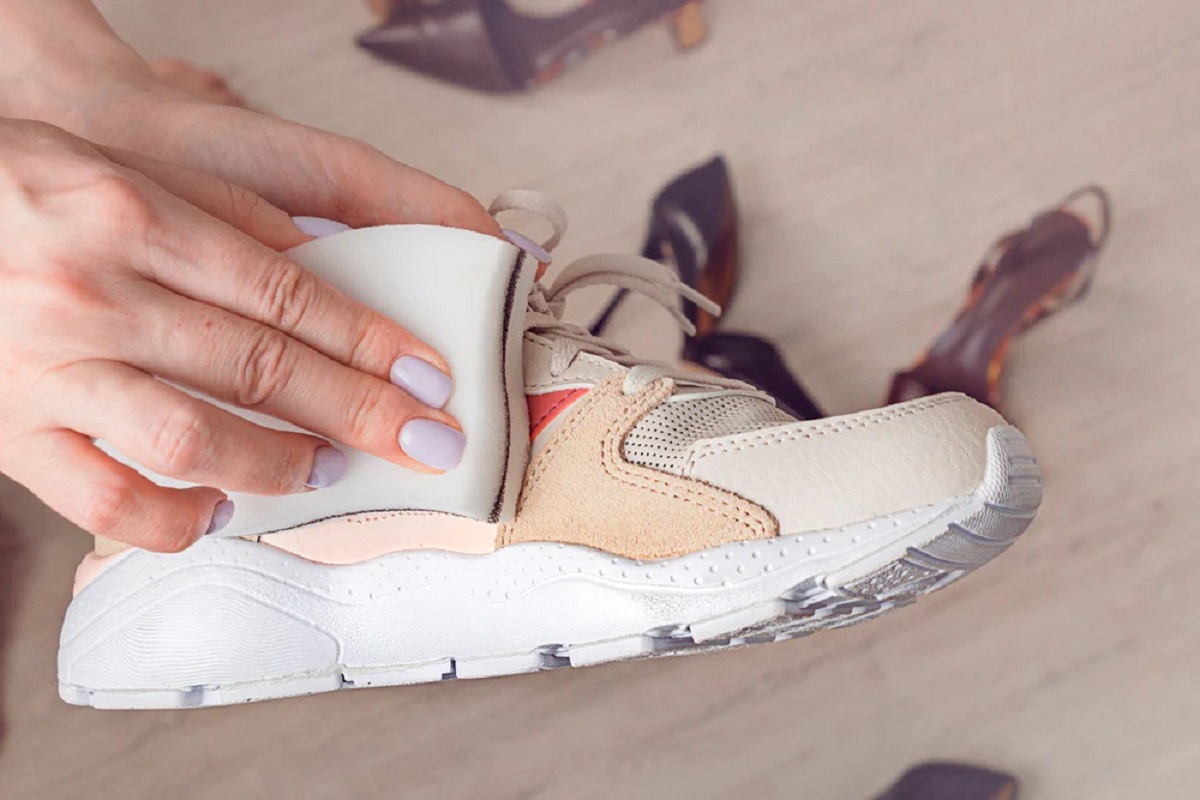
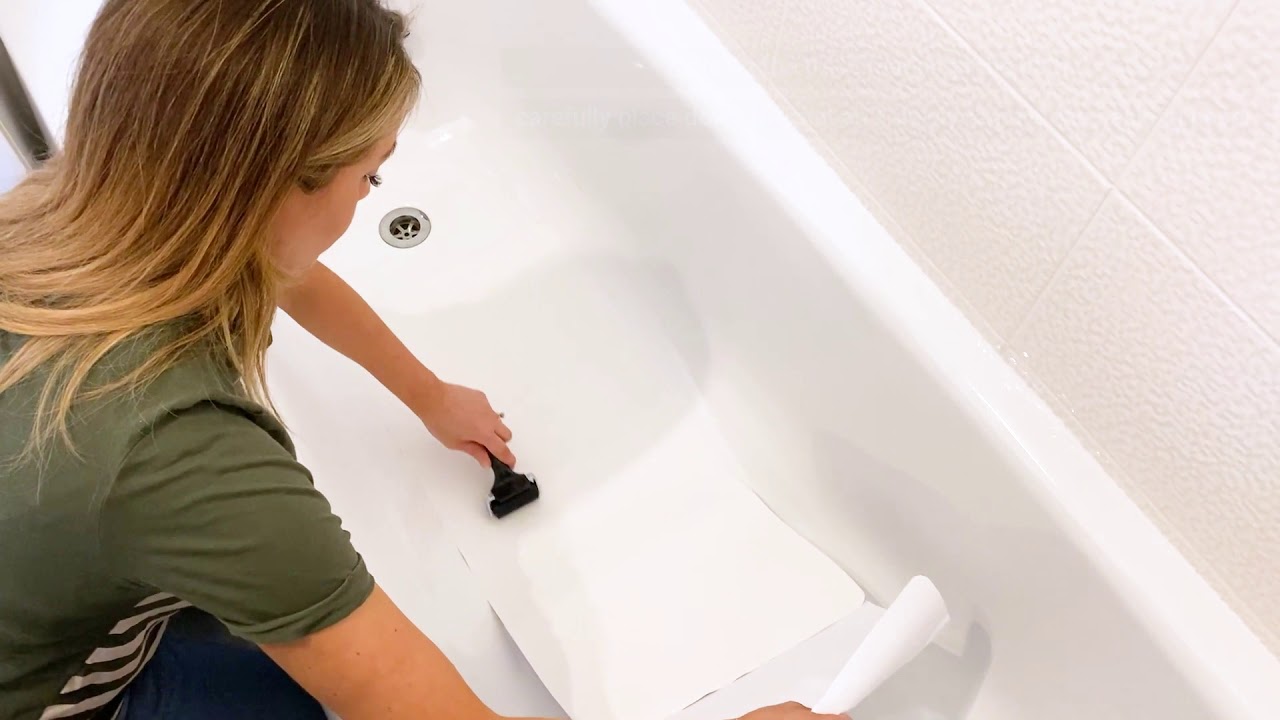
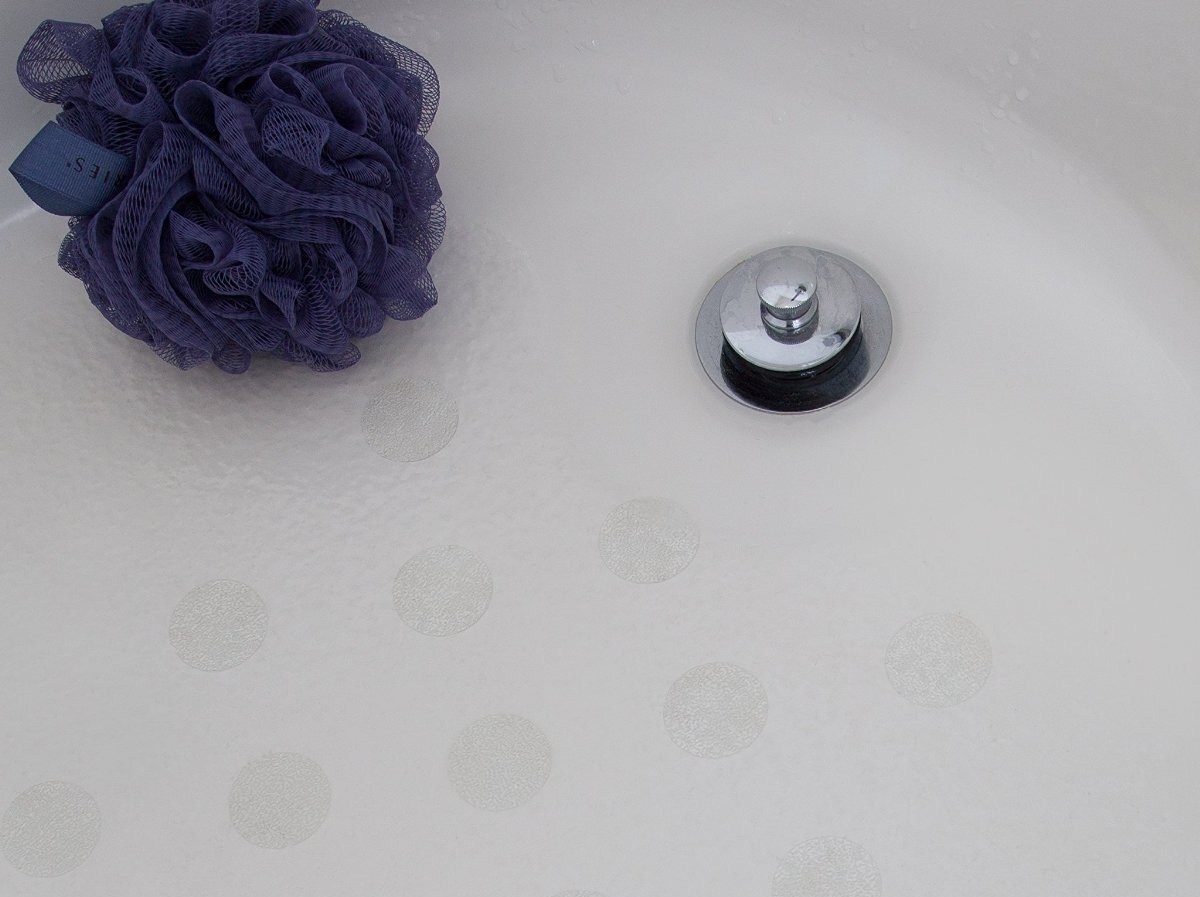
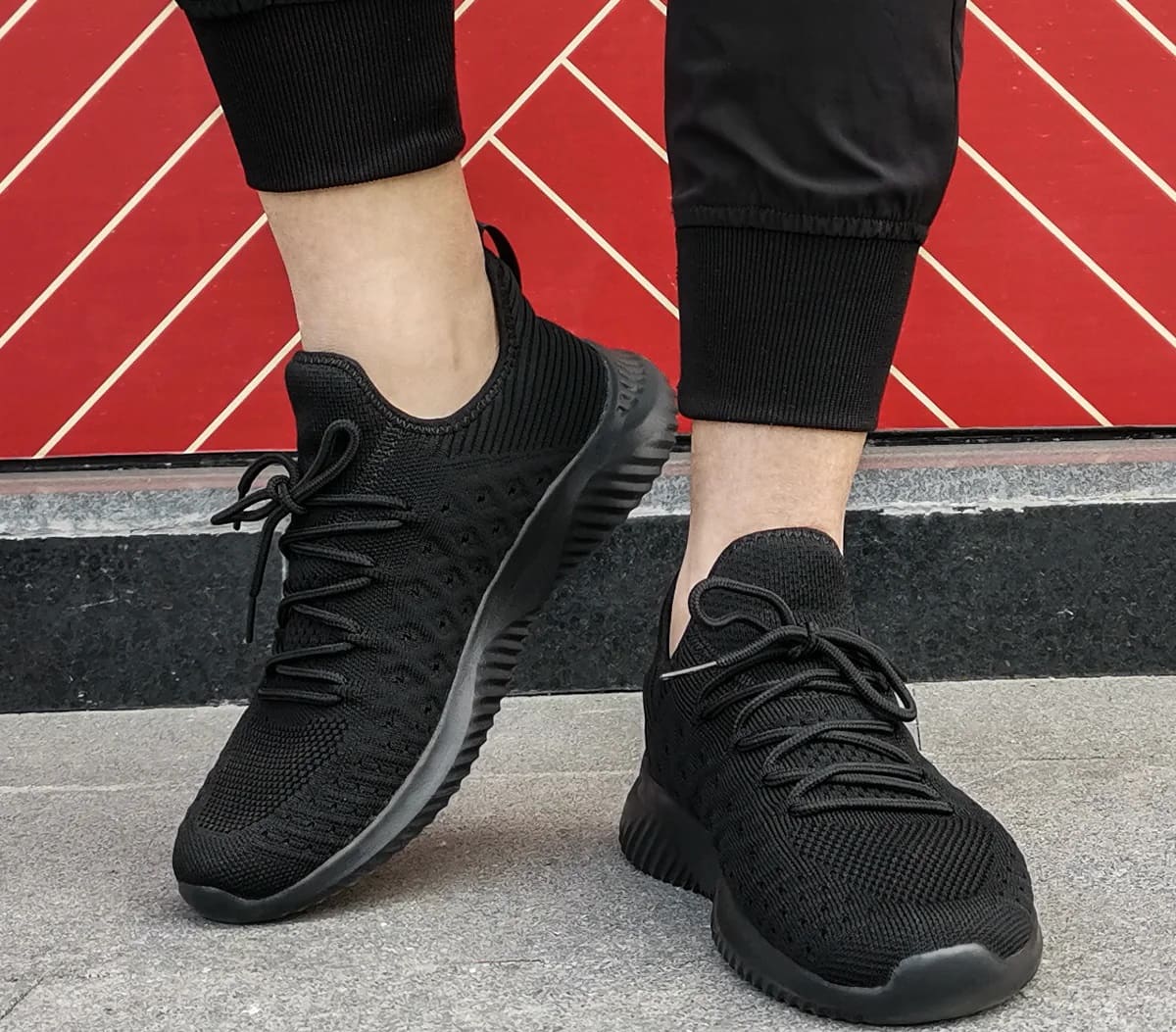

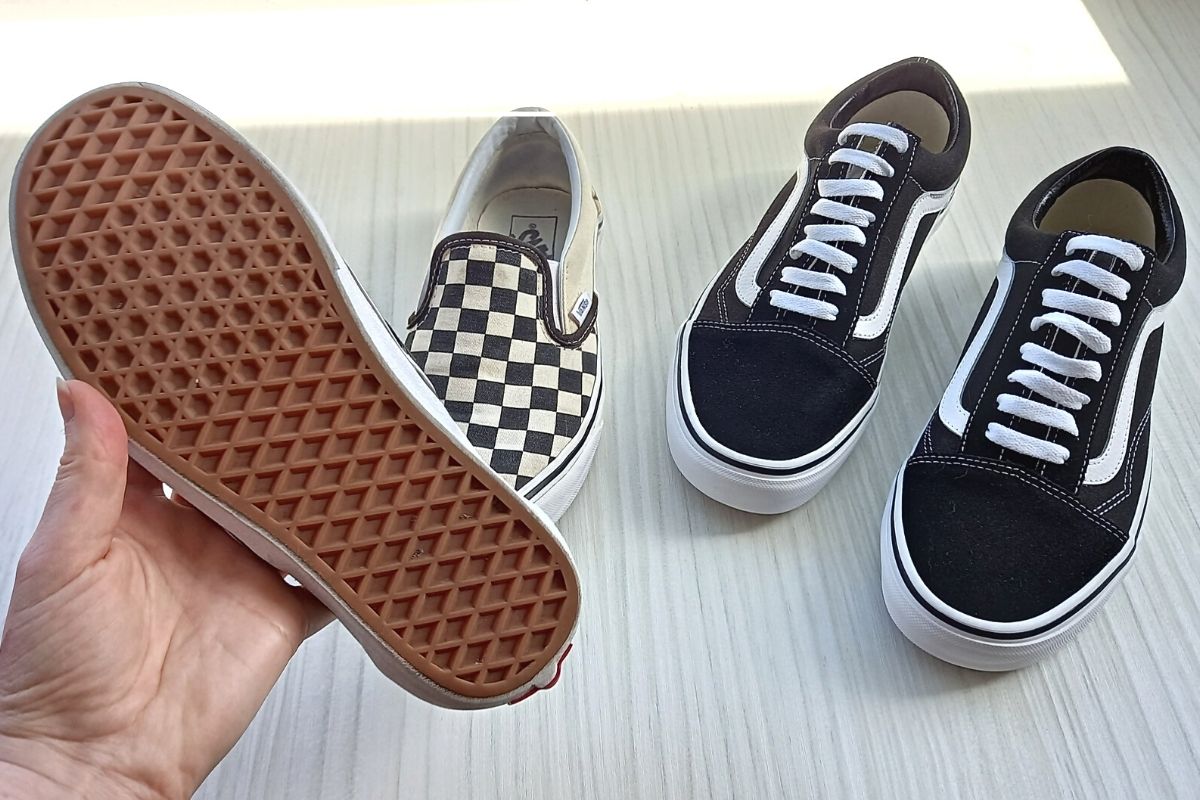
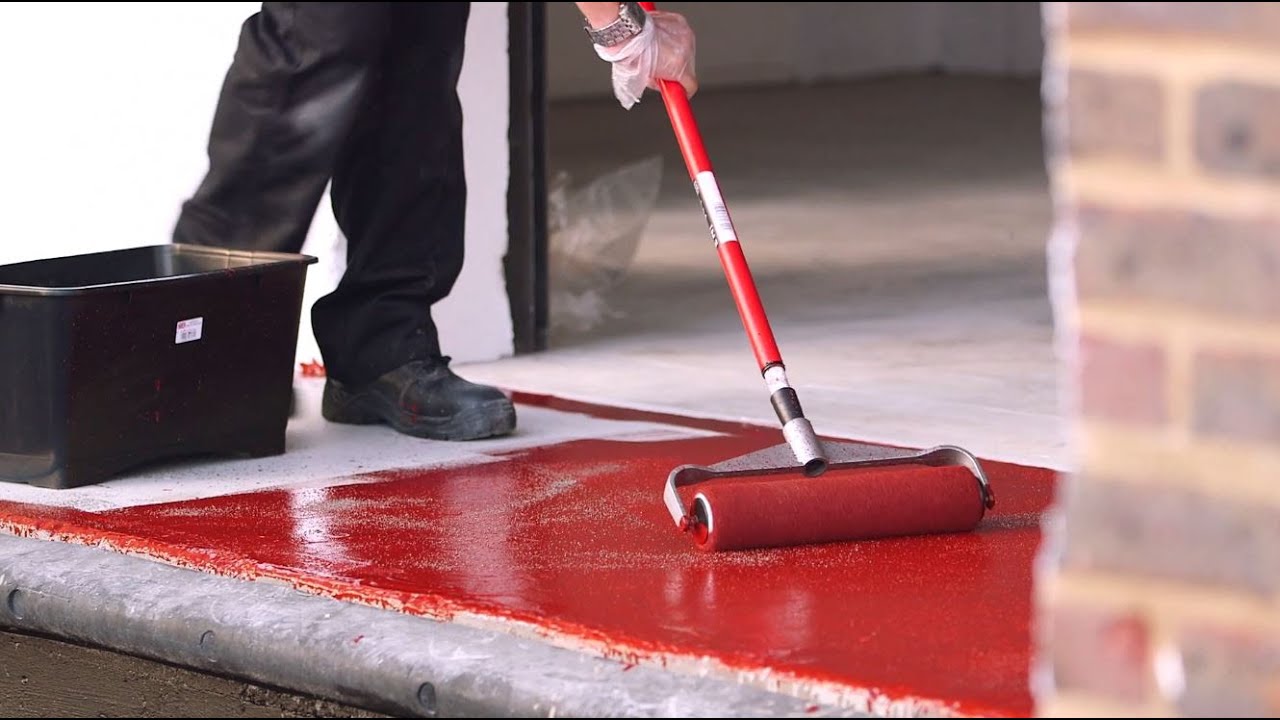
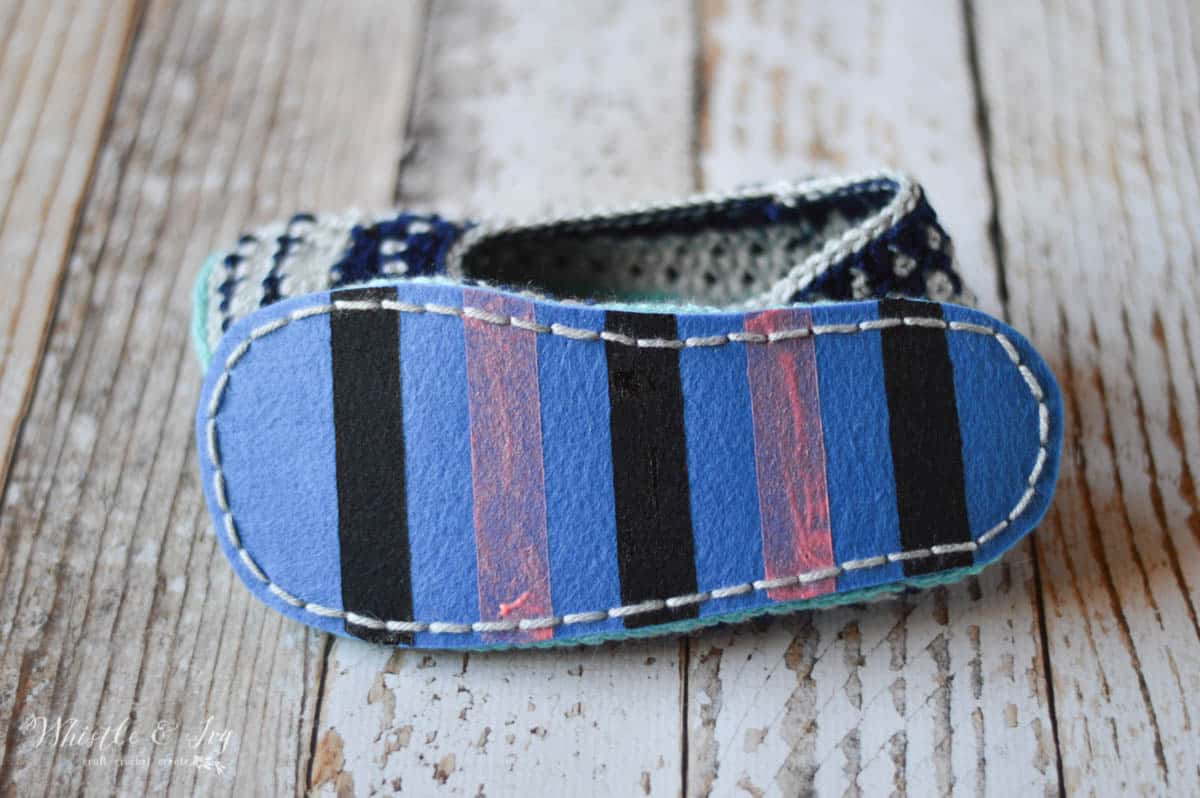
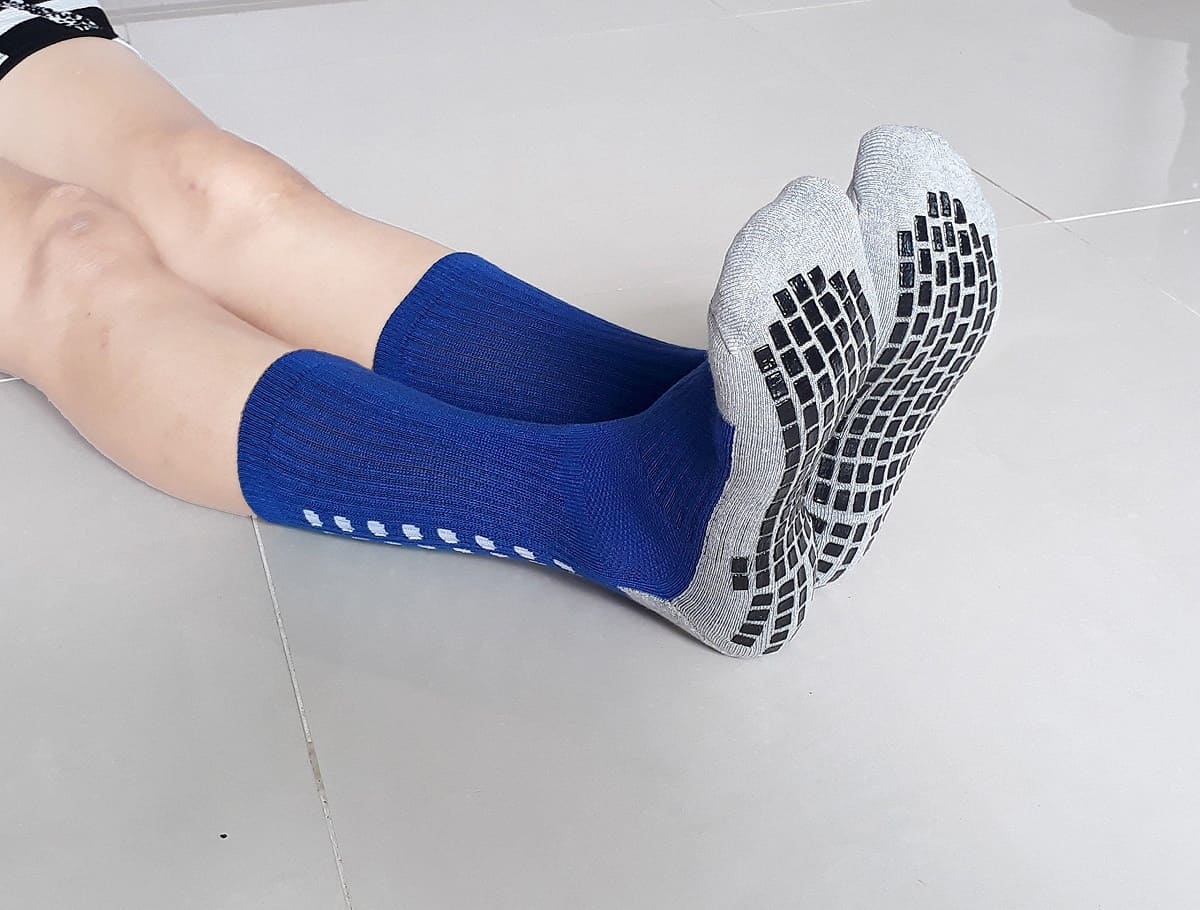
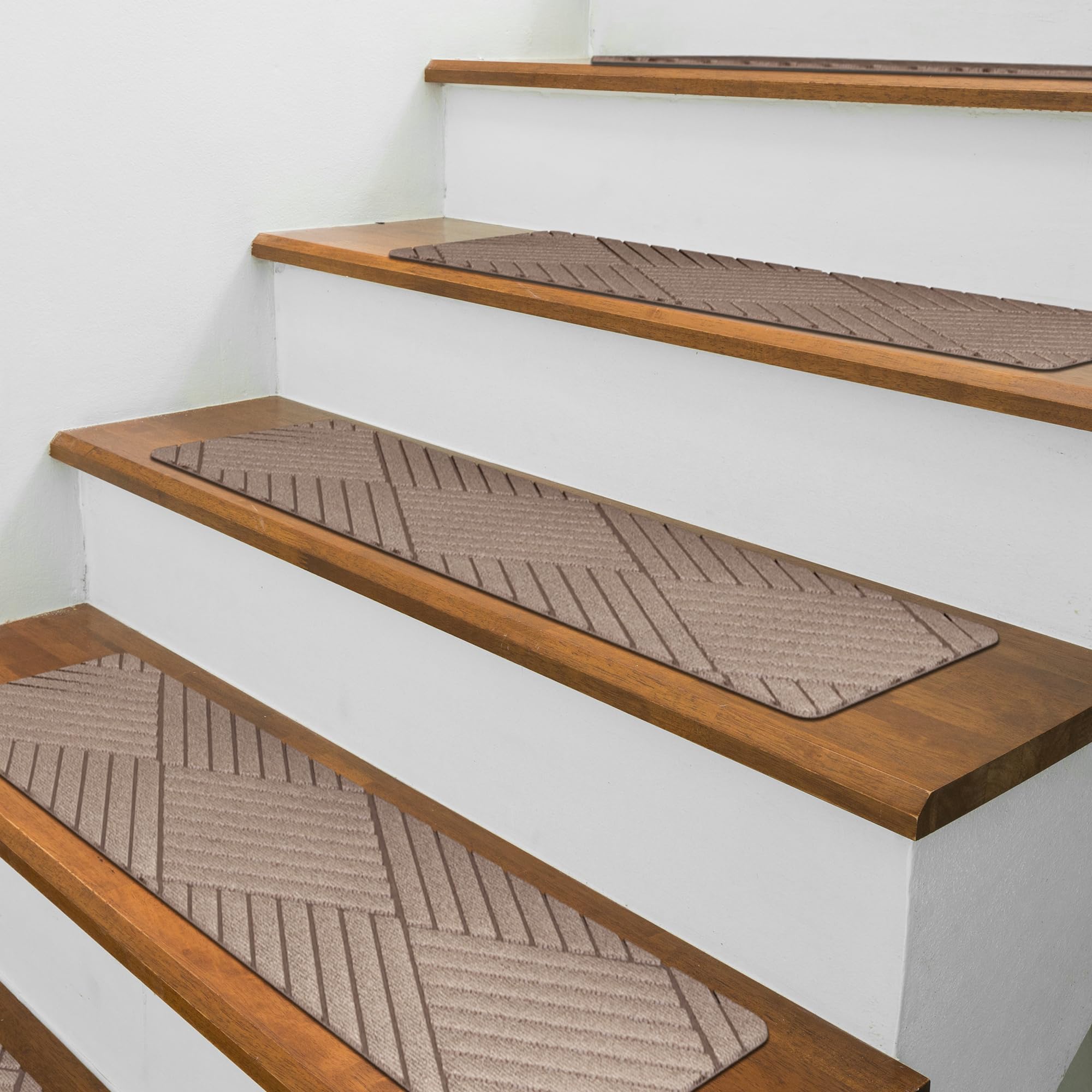
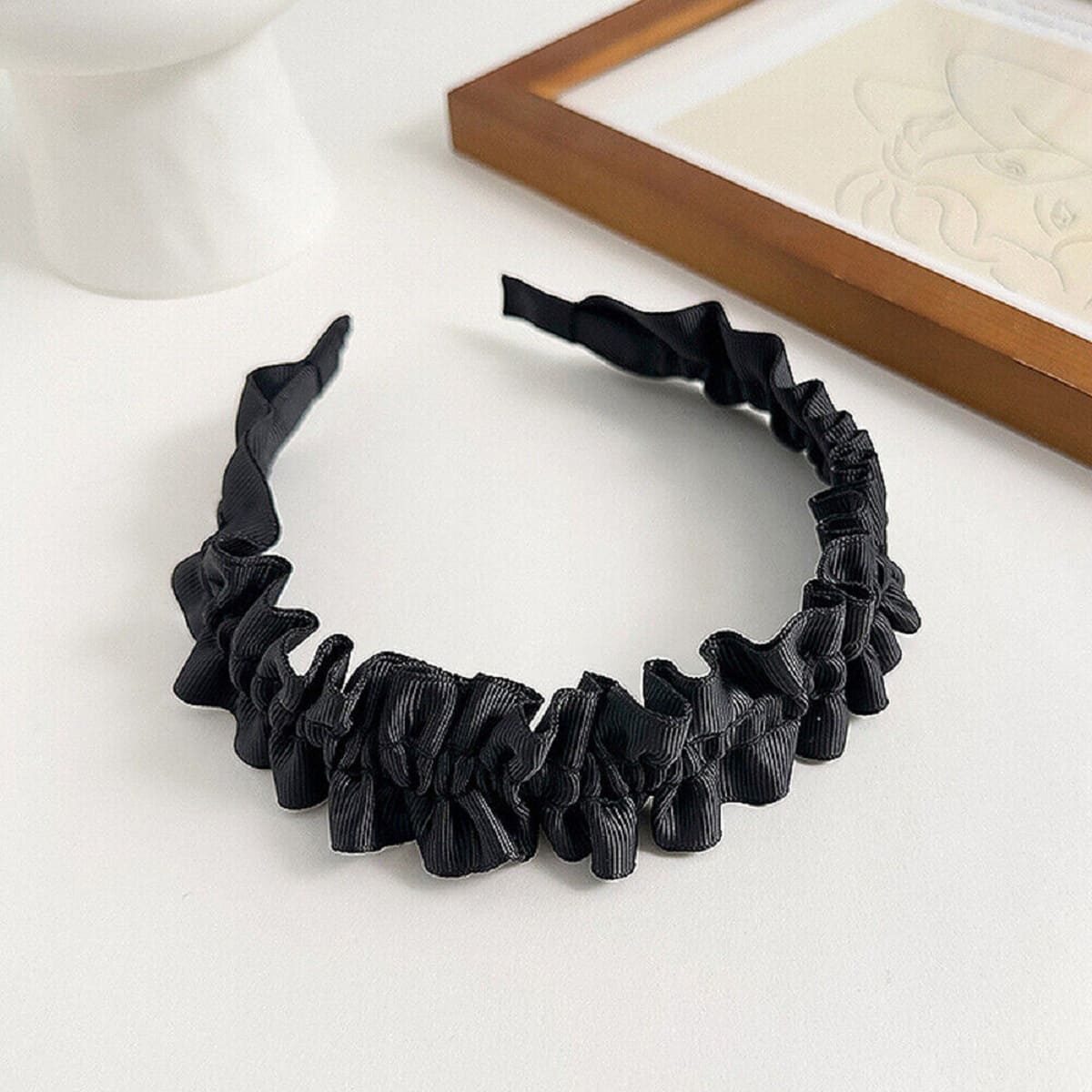

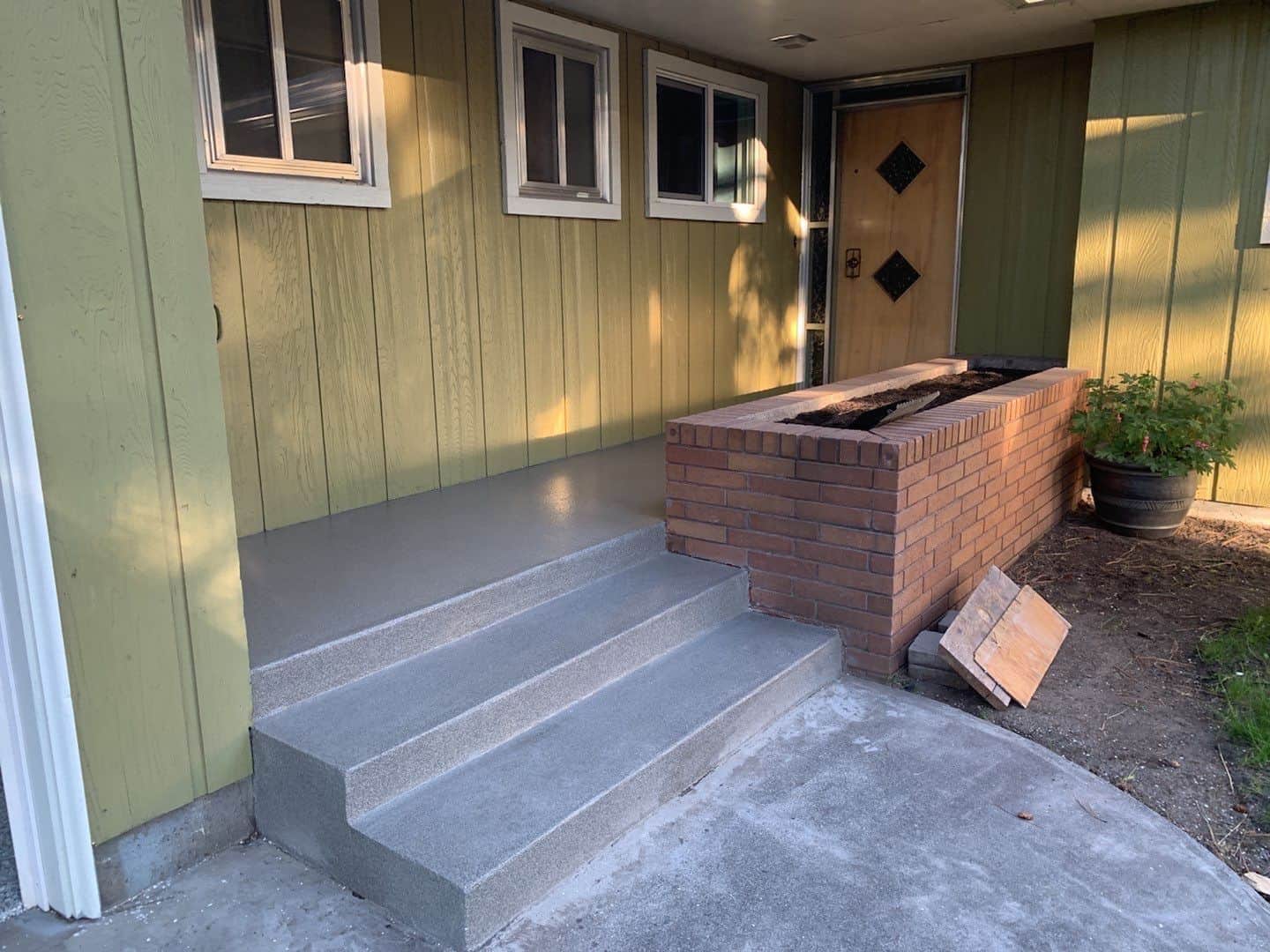
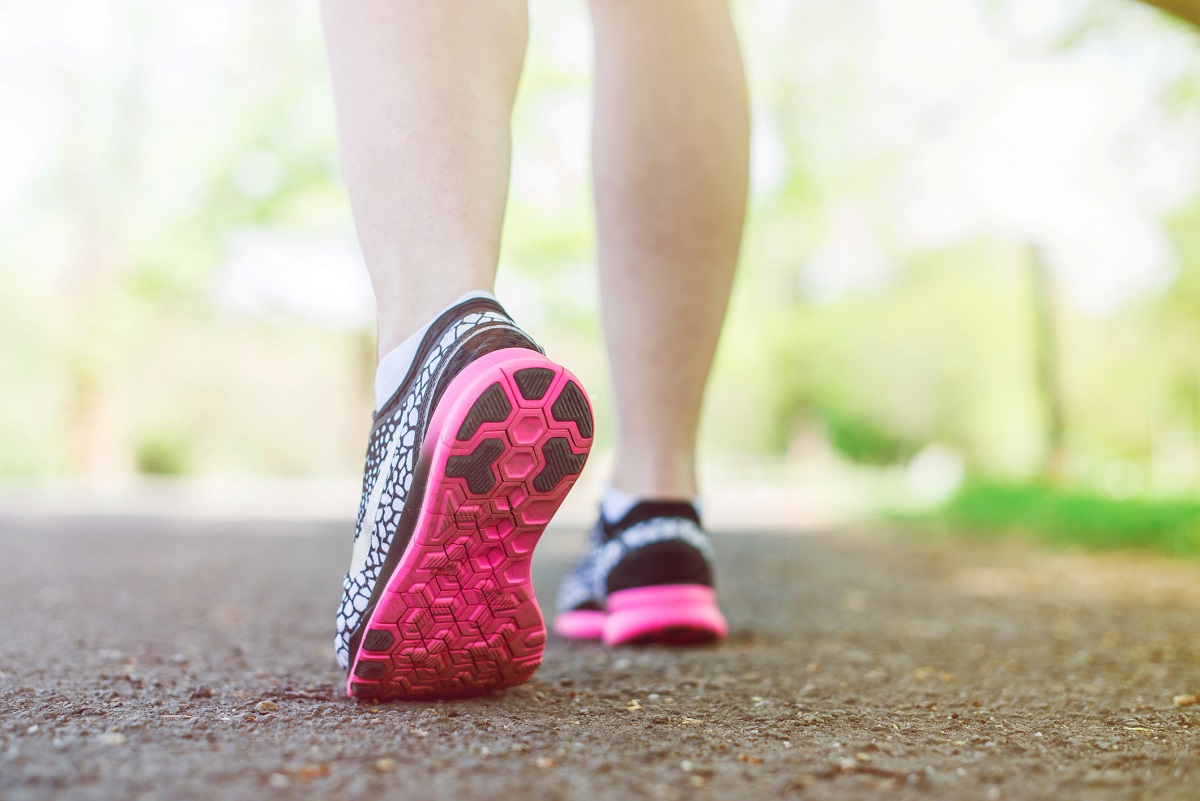

0 thoughts on “How To Clean Non-Slip Bathtub”